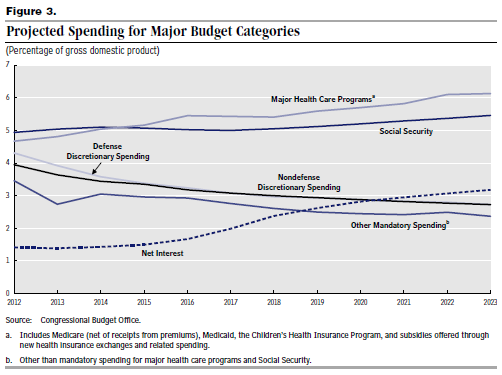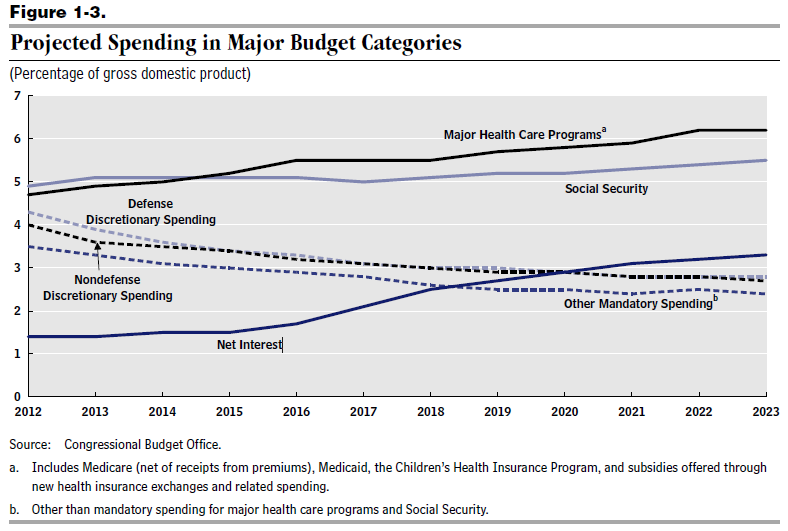Money Creation for Main Street: Staking Out a Progressive Fed Policy
When it comes to the Federal Reserve and Fed policy, the bulk of today’s progressives can be sorted into two broad groups. There are those who, in the face of congressional sabotage of fiscal policy, shrug their shoulders and conclude that we might as well get behind QE because it’s the only game in town — thus setting the “progressive” pole of the debate in such a way that Milton Friedman represents the leftward edge of the possible — and there are those who largely cede the battlefield on Fed policy, either for lack of interest or due to skepticism that the Fed can do much to affect growth and employment anyway.
There are, of course, some notable exceptions, but they are a minority — and this has the effect of narrowing the dialogue when it comes to central bank policy. Bill Greider, in two new policy notes drawn from his work at The Nation, shows us what it might look like to go beyond progressive indifference or hostility to the Fed and articulate a positive alternative agenda.
Both of Greider’s notes focus on how the Federal Reserve’s money-creation power, which was used to great effect in propping up the financial system, might be redirected to aiding the “real” economy:
The Federal Reserve’s most distinctive asset is money—its awesome and somewhat mysterious power to create money and inject it into the economy by buying financial assets of one kind or another. If that power is abused, it can destabilize society. In an economic crisis, however, the money-creation power can be harnessed to public purposes and used to restore order and justice. That is essentially what Bernanke’s Fed attempted during the recent crisis when it created those surplus trillions for banking. The fact that the strategy did not entirely succeed suggests that maybe this power should be applied in a different direction.
According to Greider, the Fed’s authority to engage in direct lending to the real economy, to enable debt relief for underwater mortgages and the roughly $1 trillion in student debt, or to backstop infrastructure projects stems in part from from Section 13(3) of the Federal Reserve Act. In fact, the central bank has done this sort of thing before:
During the Great Depression, the Federal Reserve was given open-ended legal authority to lend to practically anyone if its Board of Governors declared an economic emergency. This remains the law today. The central bank can lend to industrial corporations and small businesses, including partnerships, individuals, and other entities that are not commercial banks or even financial firms. The Fed made thousands of direct loans to private businesses during the New Deal, and the practice continued for 20 years. Only in more recent times has the reigning conservative doctrine insisted that this cannot be done.
The Fed carried out its bank rescues under the auspices of Section 13(3), and although Dodd-Frank placed new limits on the use of this provision, Greider argues that there is still sufficient scope for the Fed to harness its “money power” for broader public purposes.
Read “Debt Relief and the Fed’s Money-creation Power” and “‘Unusual and Exigent’: How the Fed Can Jump-start the Real Economy.”






 ShareThis
ShareThis